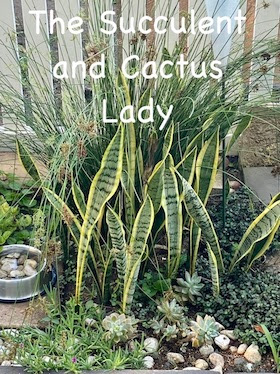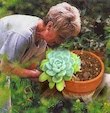After giving all my succulents away when I left Gauteng last December 2017, I have now acquired a brand new little piece of Crassula tetragona - a new beginning! Pronounced KRASS-yoo-la tet-ra-GON-uh subsp. row-BUS-tah.
Afrikaans: Karkai (Ken enigiemand hierdie Afrikaanse naam...?
Tetragona is a unique variety of evergreen succulent that is native to South Africa and also known as the Miniature Pine Tree due to its foliage resembling a pine tree. Often used as a popular bonsai specimen, grows well in pots or in the ground and grows to a height of 1 meter, this plant grows well in full-sun to partial sun, needs a good water when the soil has dried out.
Native to Southern Africa, it is widely distributed from the Orange River boundary of Namaqualand to beyond the Kei River in the Eastern Cape. Wikipedia says "Tetragona" comes from the phyllotaxy of the leaves. It is popularly named the "miniature pine tree" among ornamental plant enthusiasts, for its popular use as a "pine tree" in Bonsai.
(Pic taken in my bedroom in Sheffield Beach, Ballito, KwaZulu Natal)




















